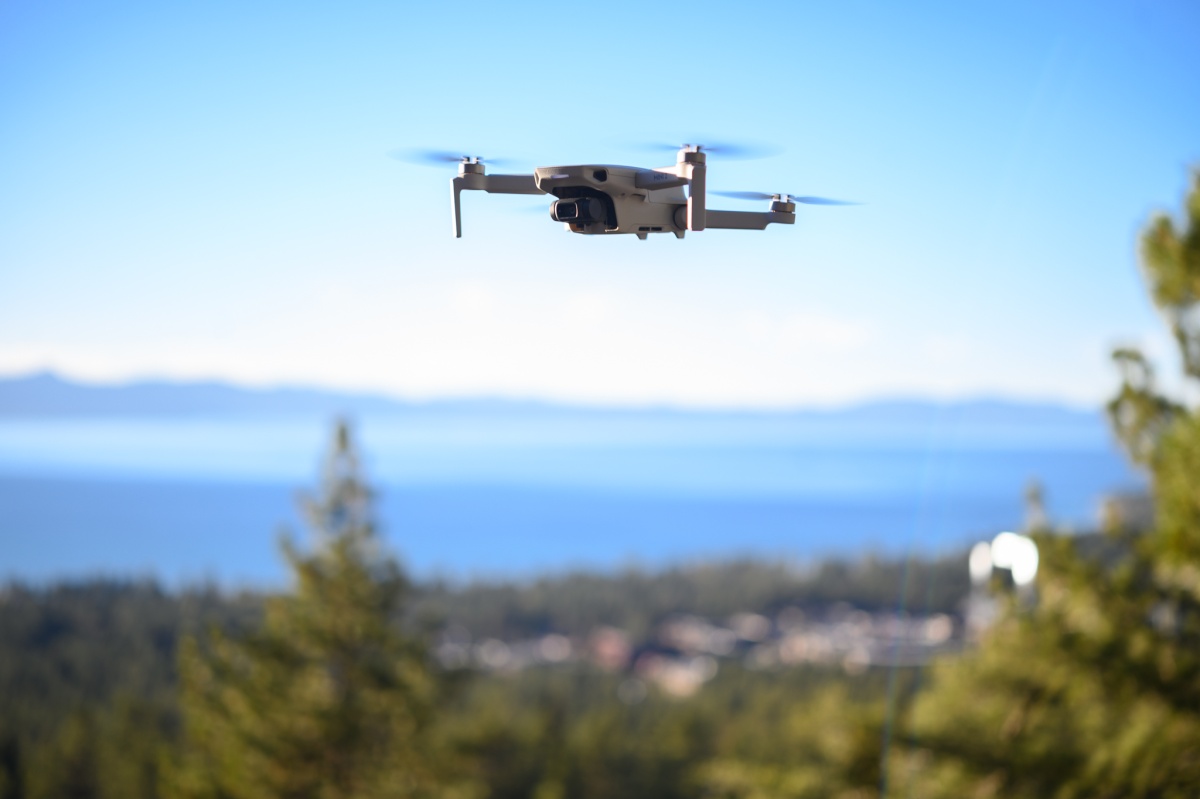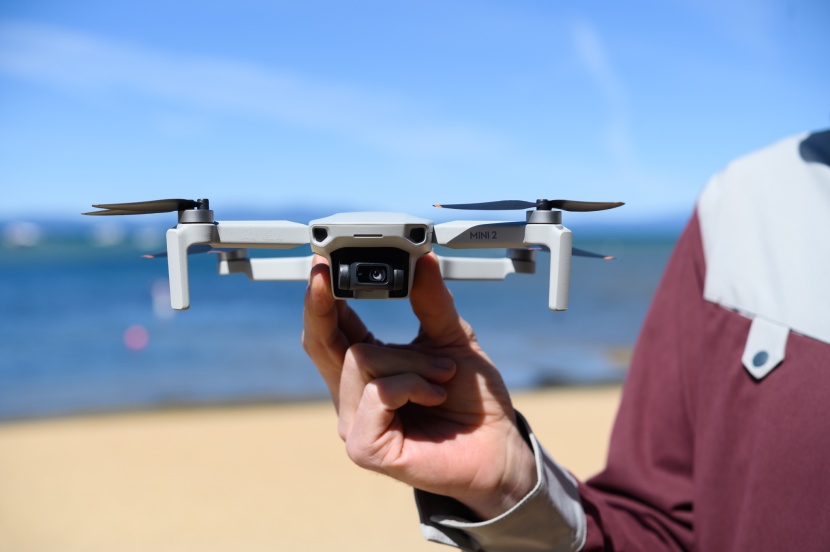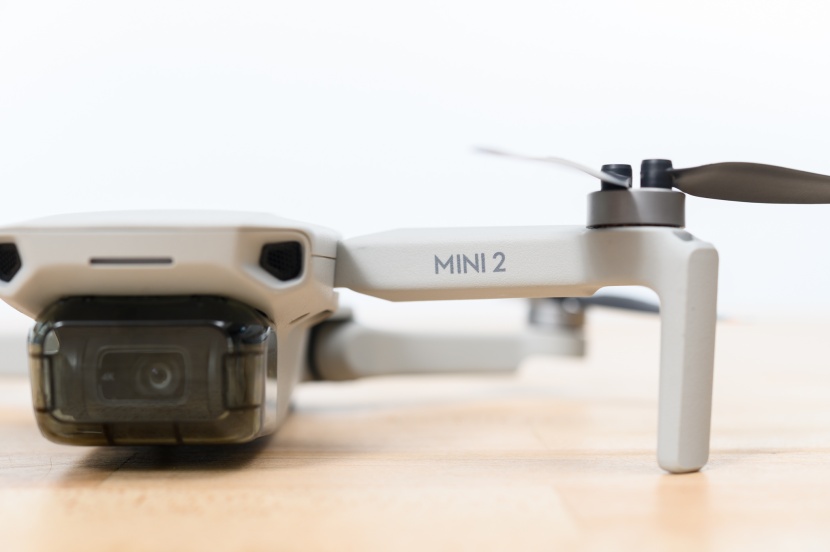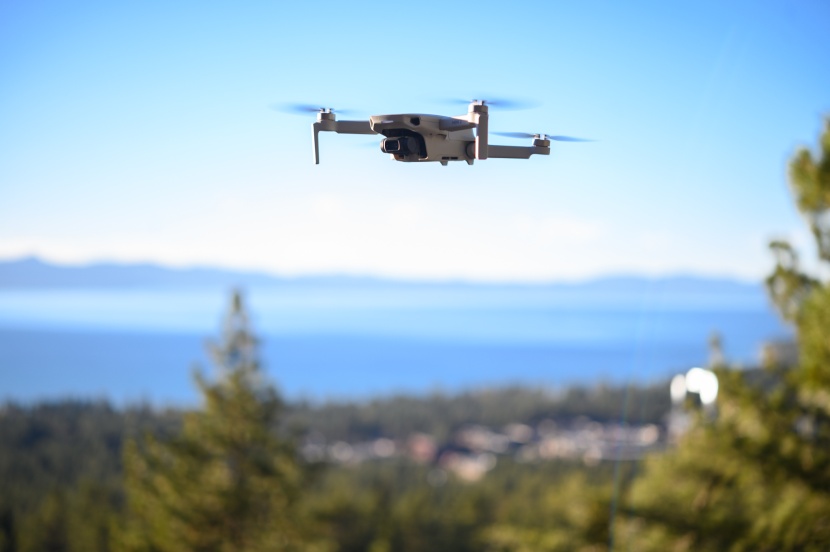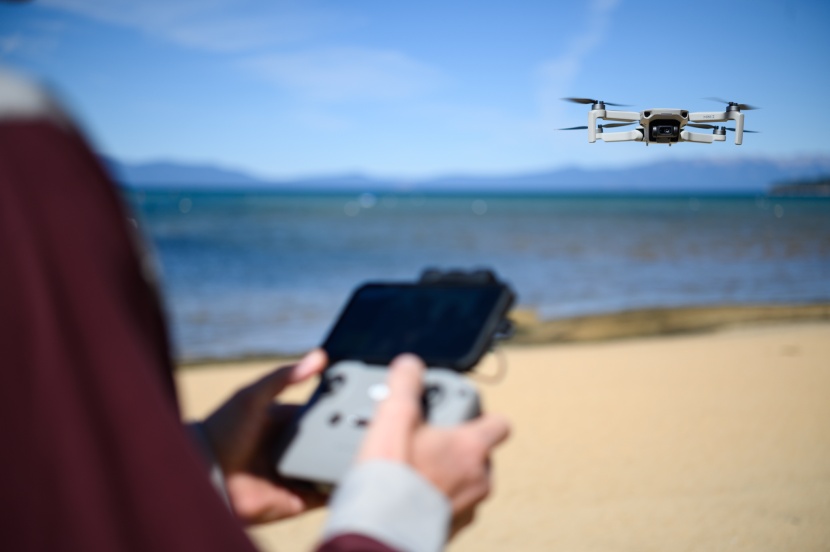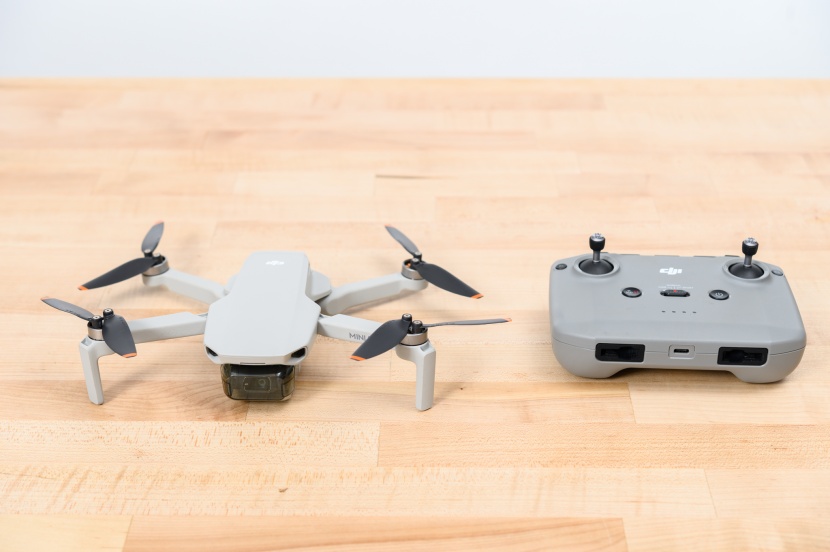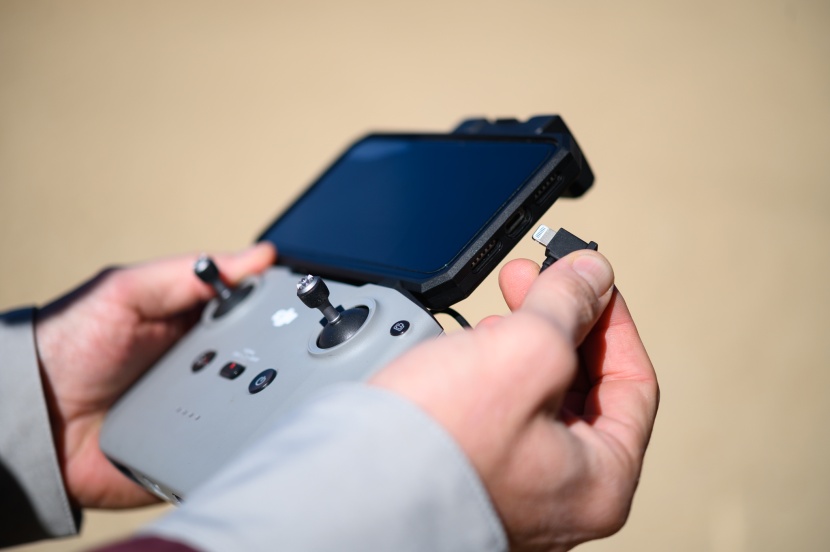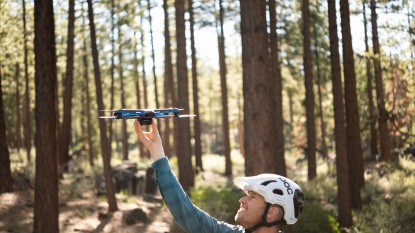Our Verdict
Our Analysis and Test Results
The DJI Mini 2 is a budget-friendly and space-friendly drone, perfect for the avid traveler. While it can't compete with some of the larger, more expensive options, this is our recommendation for those who are on the move and want to prioritize price and stature.
Video Quality
During our video quality testing, we focus on three main things: image quality, gimbal stabilization, and propeller intrusion. Of these three, the Mini 2 performs exceptionally regarding its lack of propeller intrusion. Image quality and stabilization performance were just average.
Given the size of the Mini 2, the just okay image quality is to be expected. When compared to the larger DJI models, there is a noticeable difference in dynamic range. This is because of the smaller sensor, but we still feel the quality is rather impressive considering its size.
When shooting into the sun, the Mini 2 also has a discernible red hue. This warmth is easy to adjust in post production; however, you must be shooting in RAW so that the information is not compressed. This makes quick content drops difficult and can be rather cumbersome in regards to storage.
The overall size of the Mini 2 affects image quality and plays a significant role in the lack of gimbal stabilization. This lightweight drone is heavily influenced by the slightest wind gusts, making the gimbal work extra hard to produce quality, stable footage. Generally speaking, it is best to fly this device in perfect conditions only, which obviously limits its versatility.
Flight Performance
We pay special attention to intelligent flight, ride, takeoff/landing, and battery life during our flight testing. The Mini 2 offers an average performance across each of these categories.
DJI drones offer automatic flight features called QuickShots. While these are fully automated flight patterns, the flyer must ensure that no obstacles are in the way by setting the proper flight distance. The Mini 2 does well with orbit or point-of-interest flights, and as long as the GPS is working, its return-to-home feature is great. That being said, the tracking occasionally loses its focal point, and the Mini does not offer subject following or waypoint.
The Mini 2 is a low power device, an attribute that is both a pro and a con. It is designed for beginner flyers, so DJI downplays the responsiveness to make flying a little easier for newbies. Features like CineSmooth intentionally dampen the responsiveness, which, in turn, provides a smoother ride for less experienced pilots. Because this drone is simplified for the entry-level consumer, it can be frustrating to fly if you know what you're doing. The Mini 2 is all about keeping it light, so the design forgoes object sensors. But as an entry-level drone, and one that is so light it gets blown over by the slightest breeze, the lack of sensors seems like an oversight.
When trying to take off or land on small natural spaces, like a flat rock, this drone is so light that the propellors blow it away from the target as it approaches, making landing very difficult. And, unlike other DJI drones, the Mini 2 does not allow the pilot to catch land it.
We are pleased with the battery life that the Mini 2 offers. This device can fly for 31 minutes, which is right up there with some of the highest-performing drones in our test suite.
Portability
Portability is a pretty straightforward metric, but size is not the only factor here. We also consider how protected the device is when it's stored and how easy it is to pack away.
The Mini 2, as the name suggests, is very small. It weighs 242 grams, including the battery, propellors, and micro SD card. It folds up so small that you can easily fit it in a purse, jacket pocket, or even the water bottle sleeve on a backpack. It does not come with a case, but you can buy one separately if you feel you'll need some extra protection.
Ease of Use
Our ease of use metric takes into account how easy the aircraft is to set up, the control interface, learning to fly, video quality on the interface, and the video downlink. The Mini 2 performed highly across each of these categories.
The remote control for the Mini 2 easily attaches to your phone or tablet, and the DJI app is user-friendly and straightforward. The controller is larger than the drone itself, which feels backward, but it is also intuitive and easy to use.
The biggest bone we have to pick here is that the image on the phone looks better than the rendered images, leading you to believe that the color and exposure are better than what you're actually capturing. This can be problematic if you are not planning to edit your footage in post production.
Value
The value of the Mini 2 is highly dependent on what you plan to use it for. It offers decent video quality, stellar portability, and is very user-friendly, but it lacks in flight performance. If you are in the market for something compact, the Mini 2 is a great option at a fair price, but if you are looking for an all-around high-performing aircraft, it may be in your best interest to invest in one of the larger DJI devices.
Conclusion
The DJI Mini 2 offers stellar flight time and a lightweight, portable body at a friendlier price than the larger, more featured drones. While it is geared towards beginners, the size limits its capabilities. The subpar gimbal stabilization and low dynamic range make for a somewhat hectic video if the weather is not on your side. Still, the image quality is decent for such a small device. If your main priorities are space and price, then the Mini 2 is an option worth considering.


